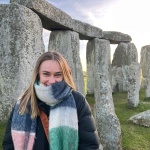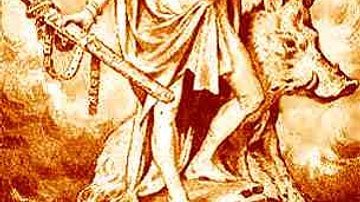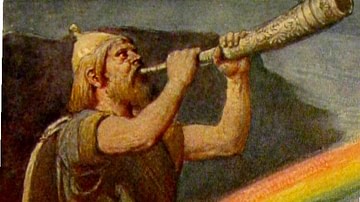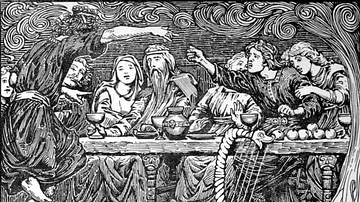Video
About the Author
Cite This Work
APA Style
Macquire, K. (2021, June 18). Norse Mythology: an Introduction to the Norse Gods, Goddesses, Myths and Legends. World History Encyclopedia. Retrieved from https://www.worldhistory.org/video/2584/norse-mythology-an-introduction-to-the-norse-gods/
Chicago Style
Macquire, Kelly. "Norse Mythology: an Introduction to the Norse Gods, Goddesses, Myths and Legends." World History Encyclopedia. Last modified June 18, 2021. https://www.worldhistory.org/video/2584/norse-mythology-an-introduction-to-the-norse-gods/.
MLA Style
Macquire, Kelly. "Norse Mythology: an Introduction to the Norse Gods, Goddesses, Myths and Legends." World History Encyclopedia. World History Encyclopedia, 18 Jun 2021, https://www.worldhistory.org/video/2584/norse-mythology-an-introduction-to-the-norse-gods/. Web. 25 Apr 2025.







